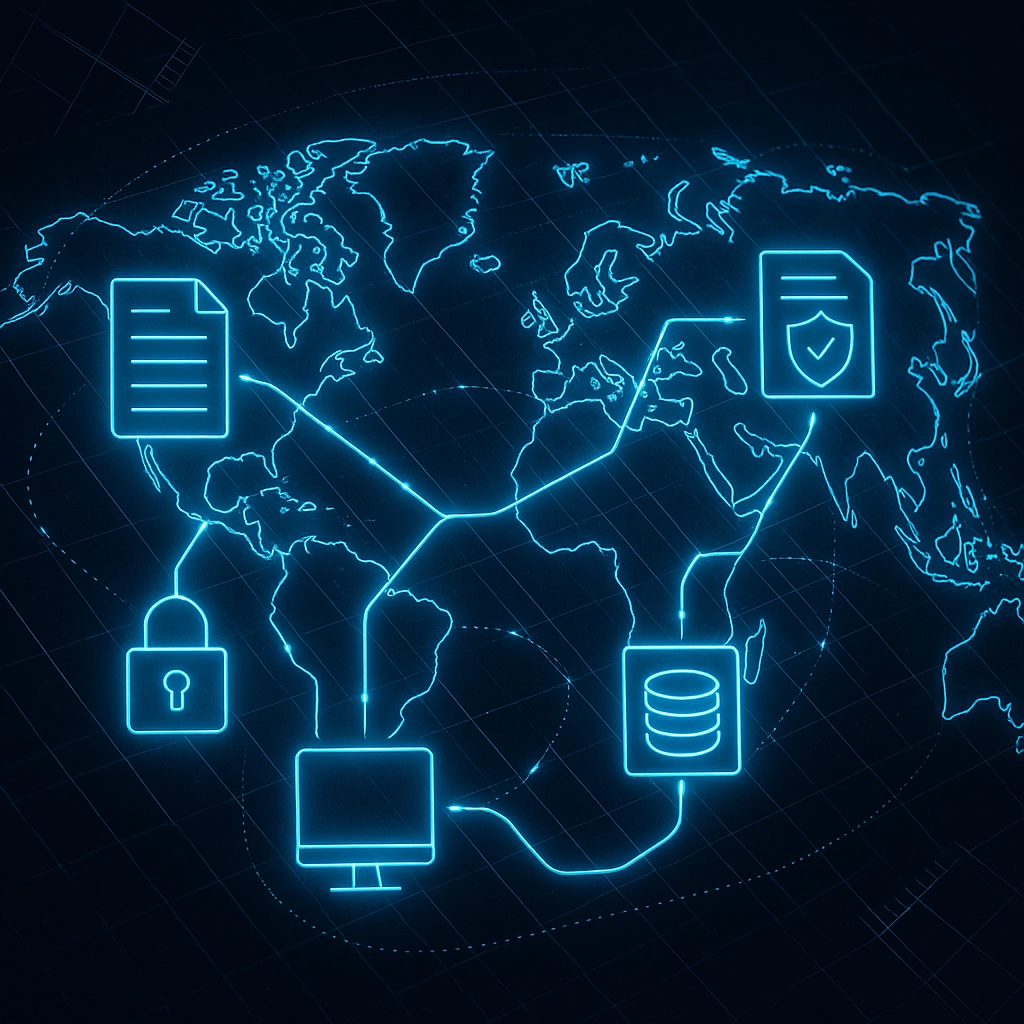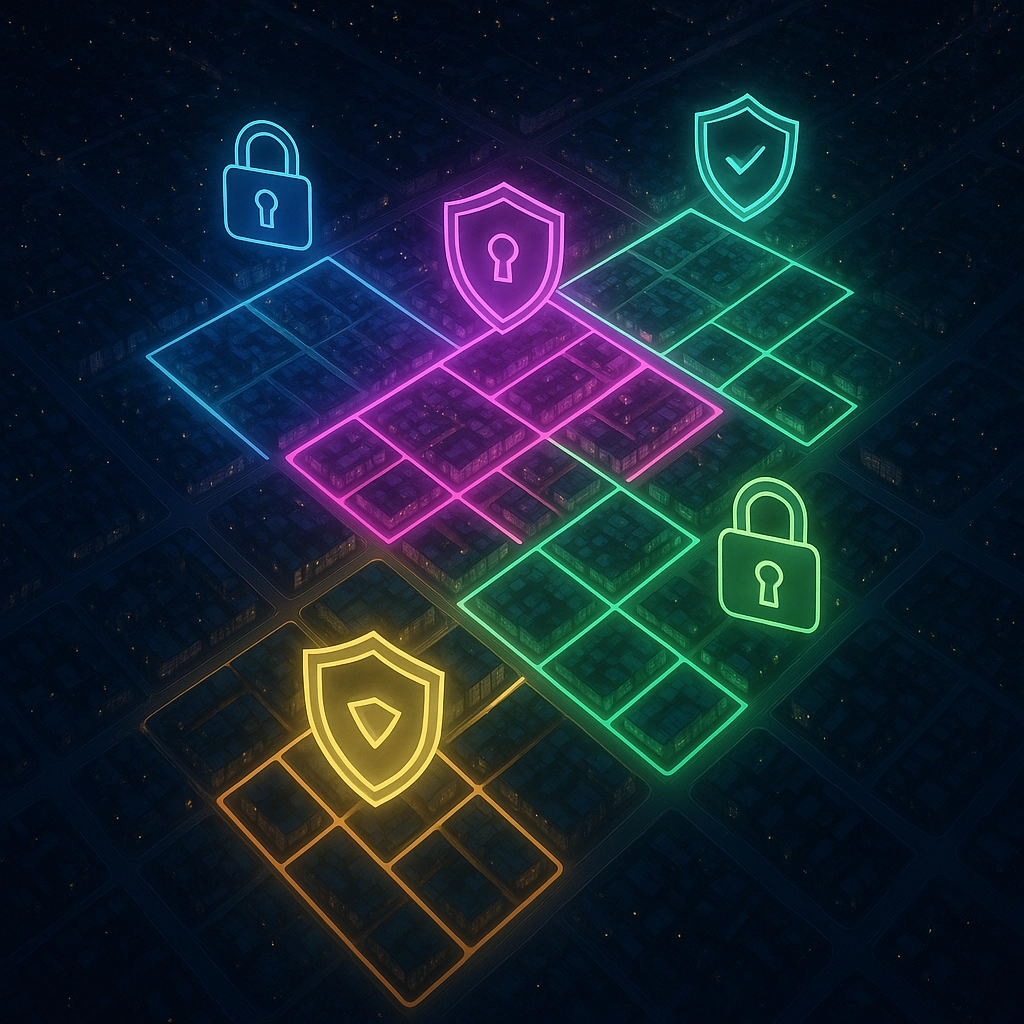Best Ways to Manage Network Security
- alonzocarr
- 4 hours ago
- 4 min read
Network security management is a moving target. New threats pop up every year, and what worked in 2020 might not cut it in 2025. Whether you’re running a small business or overseeing enterprise-level infrastructure, keeping your network secure means staying proactive, aligned with best practices, and continuously adapting to threats and technology shifts. Here’s our no-nonsense guide on some of the best ways to manage network security right now.
Build the Right Foundation
Start with a Clear Security Policy
Your first line of defense isn’t a firewall—it’s a well-crafted security policy. This document should spell out:
Who can access what and when
What “acceptable use” really means
How to handle incidents—even on weekends and holidays
What data gets encrypted and backed up
But don’t just write it and forget it. Make sure your policies change as your business and the threat landscape evolve.
Stay Organized: Document Everything
Not every breach is technical—sometimes the chaos of undocumented networks is to blame. Maintain:
Inventory lists of all devices and critical infrastructure
Updated network diagrams
Written procedures for daily, weekly, and crisis situations
Encourage your IT team to cross-train and double-check one another’s work. Day-to-day consistency counts.

Authentication & Access: Less Is More
Multi-Factor Authentication (MFA) Everywhere
Passwords alone are not enough. Enable MFA for every system that supports it. Combine something users know (like a password) with something they have (a phone or hardware token) or something they are (fingerprints, facial recognition). Even if a hacker gets one piece, they won’t automatically get in.
Limit Permissions Ruthlessly
Deploy Role-Based Access Control (RBAC). This means:
Assigning permissions only as needed, job by job
Regularly reviewing and pruning access lists
Using the “least privilege” principle—no exceptions for VIPs
Monitor for users with “privileged” access (like admins) and log their actions carefully.
Make Password Policies Bulletproof
Don’t settle for default or simple passwords. Enforce:
Minimum length (12+ characters)
Mix of upper/lower case, numbers, symbols
Regular (but not too frequent) rotation schedules
Invest in a business-grade password manager to keep track of it all. Educate users: no sticky notes, no password spreadsheets, no reusing passwords.
Smarter Network Segmentation
Embrace Zero Trust
Assume: every attempt to access your network—internal or external—could be hostile. With Zero Trust architectures:
Verify every user, device, and action
Don’t trust anything by default, even if it’s “inside” your firewall
Divide and Conquer with Segmentation
Network segmentation means separating critical assets from less critical ones:
Use VLANs, firewalls, or even physical separation to create security zones
Sensitive data (like finance and healthcare information) should live in its own segment, away from day-to-day operations
Keep guest WiFi and public-facing servers in a DMZ (demilitarized zone), away from core business functions
If an attacker breaks in, segmentation limits their movement—and your damage.

Watch Everything, All the Time
Establish Baselines and Monitor Rigorously
Set “normal” patterns for all network activity, from the way data flows to which devices talk to each other. Use this information to:
Spot odd behavior fast (data exfiltration, malware “calling home,” etc.)
Trigger alerts for unusual access attempts or large data transfers
Deploy tools like intrusion detection/prevention systems (IDS/IPS), SIEM (Security Information and Event Management), and log management to watch traffic 24/7.
Automate and Test
Automated monitoring can pick up what tired human eyes might miss. Invest in:
Automated scanners for vulnerabilities and misconfigurations
Honeypots to lure and analyze hackers
Regular penetration tests (either third-party or in-house teams)
Don’t wait for real breaches—simulate them and test your response.
Patch Early, Patch Often
Stay on Top of Vulnerability Management
Every device and app in your network is a potential back door. Reduce risk by:
Maintaining a strict patching policy for operating systems, applications, network gear, and endpoints
Monitoring for zero-days and critical vendor advisories
Document your patching procedures and verify updates are actually applied—not just scheduled.
Automate Updates Where Possible
Automatic updating isn’t “lazy”—it’s smart! Configure systems to auto-update security patches so you never forget or fall behind, especially on endpoints and IoT devices.
Locking Down the Perimeter
Deploy and Manage Firewalls Wisely
Don’t rely on a single firewall at the edge. Multiple layers help:
Place firewalls between network segments (not just at the internet gateway)
Use both hardware and next-gen software firewalls with IPS/IDS features
Keep firewall rules tidy—avoid accidental “allow any” situations
Secure Remote Access
If you have remote workers or satellite offices, use a secure VPN with strong authentication. Split-tunneling (letting some data bypass the VPN) may be convenient, but it’s a risk. Default to most secure settings.
Defend Every Device
Endpoint security is non-negotiable.
Make sure all endpoints (laptops, desktops, mobiles, IoT) have up-to-date AV/AM software
Schedule regular scans for threats and vulnerabilities
For WiFi, use WPA3 encryption, reset default router passwords, and avoid letting staff or guests use public WiFi for anything sensitive—unless on a secured VPN.

People—Your Biggest Risk and Greatest Ally
Turn Users Into a Security Asset
Humans are usually the weakest link, but they can be your first line of defense if they’re properly trained. Run regular, relevant training on:
Social engineering scams and phishing attacks
Safe data handling
Reporting suspicious behavior
Make cybersecurity part of the company culture, not just an IT checkbox. Regularly update staff as policies and threats change.
Regular Audits & Continuous Improvement
Don’t Assume—Verify
Schedule regular security audits, vulnerability scans, and penetration tests. Independent eyes spot what your team may overlook.
Review and Adapt
The security landscape changes. Review your policies, tools, and strategies at least annually. React fast to major incidents, but don’t forget routine improvements between crises.
The Takeaway
Managing network security means combining strong policies, layered defenses, vigilant monitoring, and a well-trained team. It’s not set-and-forget—it’s ongoing. When you take the right steps, you can dramatically shrink your attack surface and build confidence in your business’s ability to withstand even the most determined threats.
Want help building or upgrading your network defenses? Work with CypherOPS Technologies to get strategic guidance and support from people who live and breathe security, every single day.
Further Reading:

